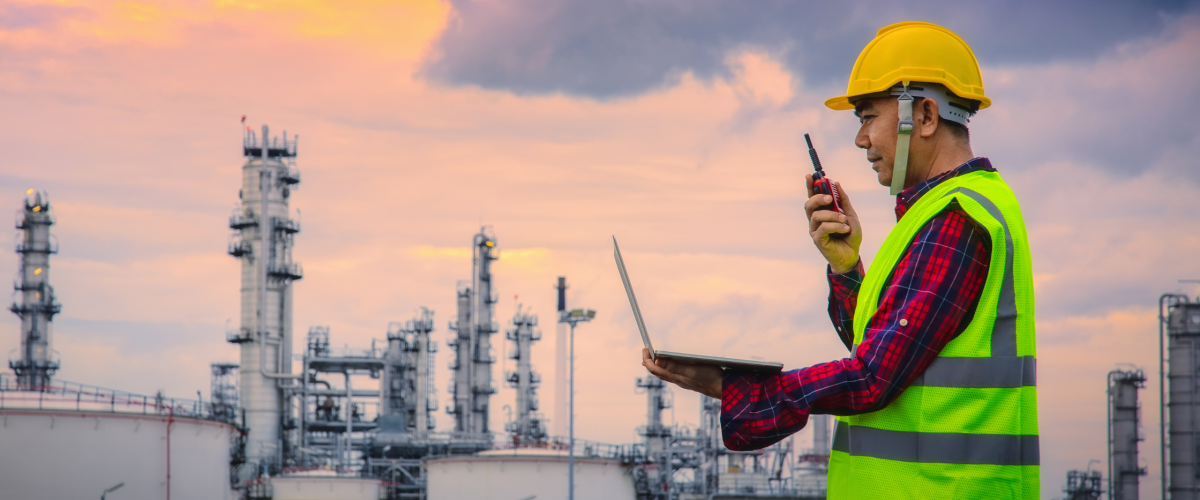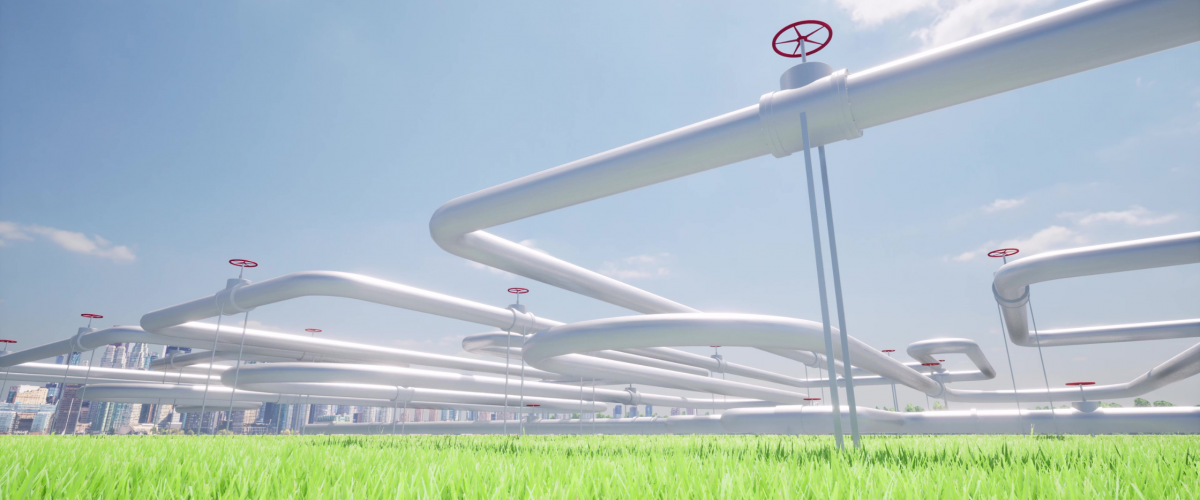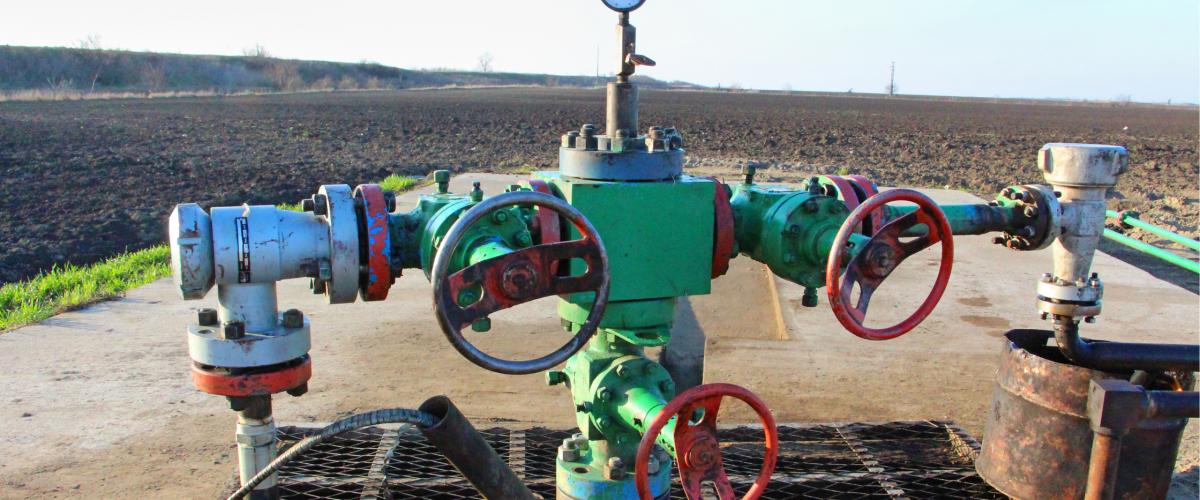The oil and gas industry has experienced significant shifts in employment trends driven by technological advancements, market dynamics, regulatory changes, and evolving societal expectations.
These trends reflect the industry’s adaptation to new challenges and opportunities, influencing workforce composition, skills demand, and employment practices.
Here are some key evolving employment trends in the oil and gas industry:
1. Automation and Digitalization
Increased Automation
– Automation technologies, such as robotics and AI, are transforming operations, leading to a shift from manual labor to automated processes.
– Automated drilling rigs, unmanned platforms, and remote monitoring systems reduce the need for on-site personnel and improve efficiency.
Digitalization
– Adoption of digital technologies, including IoT, big data analytics, and cloud computing, is enhancing decision-making, optimizing asset management, and improving safety.
– Demand for data scientists, IT specialists, and cybersecurity professionals to manage digital infrastructure and ensure data security.
2. Energy Transition and Diversification
Focus on Renewable Energy
– Growth in renewable energy sources, such as solar, wind, and hydrogen, is driving investment and job creation in clean energy projects.
– Skills transfer and retraining programs to transition oil and gas workers to renewable energy sectors.
Diversification of Skills
– Increasing emphasis on a diverse skill set, including sustainability expertise, environmental management, and renewable energy integration.
– Demand for engineers and technicians with knowledge of both traditional and alternative energy sources.
3. Environmental and Regulatory Compliance
Environmental Management
– Rising regulatory requirements for emissions reduction, water management, and environmental stewardship necessitate specialized roles in environmental compliance and sustainability.
– Employment opportunities in environmental monitoring, remediation, and compliance auditing.
Regulatory Affairs
– Demand for professionals versed in regulatory affairs and compliance to navigate complex regulatory landscapes and ensure adherence to local and international regulations.
4. Remote Operations and Workforce Mobility
Remote Work
– Adoption of remote work arrangements, particularly in administrative and support functions, driven by technological capabilities and cost efficiencies.
– Flexibility in workforce management and recruitment of remote workers across global operations.
Mobility and Globalization
– International mobility of skilled workers and expatriate assignments to support global projects and operations.
– Demand for cross-cultural competence and global mobility expertise in managing diverse workforce dynamics.
5. Skills Gap and Workforce Renewal
Retirement Wave
– Aging workforce and retirement of experienced professionals creating a knowledge gap and skills shortage in critical roles.
– Succession planning and knowledge transfer programs to retain institutional knowledge and develop future leaders.
Upskilling and Reskilling
– Investment in training programs to upskill and reskill workers in emerging technologies, digital literacy, and sustainable practices.
– Collaboration with educational institutions and vocational training providers to align curricula with industry needs.
6. Diversity, Equity, and Inclusion (DEI)
Focus on Diversity
– Increasing emphasis on diversity, equity, and inclusion initiatives to foster a more inclusive workplace culture.
– Recruitment and retention strategies to attract diverse talent, including women, minorities, and underrepresented groups.
Leadership and Governance
– Appointment of DEI leaders and establishment of governance frameworks to promote diversity in leadership and decision-making positions.
7. Health, Safety, and Wellbeing
Health and Safety
– Continued emphasis on occupational health and safety standards to protect workers and mitigate operational risks.
– Demand for health and safety professionals, emergency response teams, and mental health support services.
Employee Wellbeing
– Initiatives promoting employee wellbeing, including wellness programs, mental health awareness, and work-life balance policies.
– Integration of wellbeing considerations into corporate culture and HR practices.
8. Adaptation to Market Dynamics
Market Volatility
– Fluctuations in oil prices and market volatility influencing workforce planning, project investments, and cost management strategies.
– Agility in workforce deployment and resource allocation to adapt to market conditions.
Strategic Talent Management
– Strategic workforce planning to align staffing levels with business objectives, market demands, and project timelines.
– Flexible workforce strategies, including contingent labor and outsourcing, to manage operational variability.
Evolving employment trends in the oil and gas industry reflect a dynamic landscape shaped by technological innovation, energy transition, regulatory pressures, and changing workforce demographics.
Adapting to these trends requires proactive talent management, investment in skills development, and a commitment to sustainability and diversity.
By embracing digitalization, upskilling the workforce, fostering inclusivity, and prioritizing health and safety, the industry can navigate challenges and capitalize on opportunities for sustainable growth and resilience in a rapidly evolving global energy market.
Read more on Sparkview Energy:
The Role of Oil and Gas in Geopolitical Conflicts
Key Components of Oil Rigs: Understanding the Rig Structure and Operations




